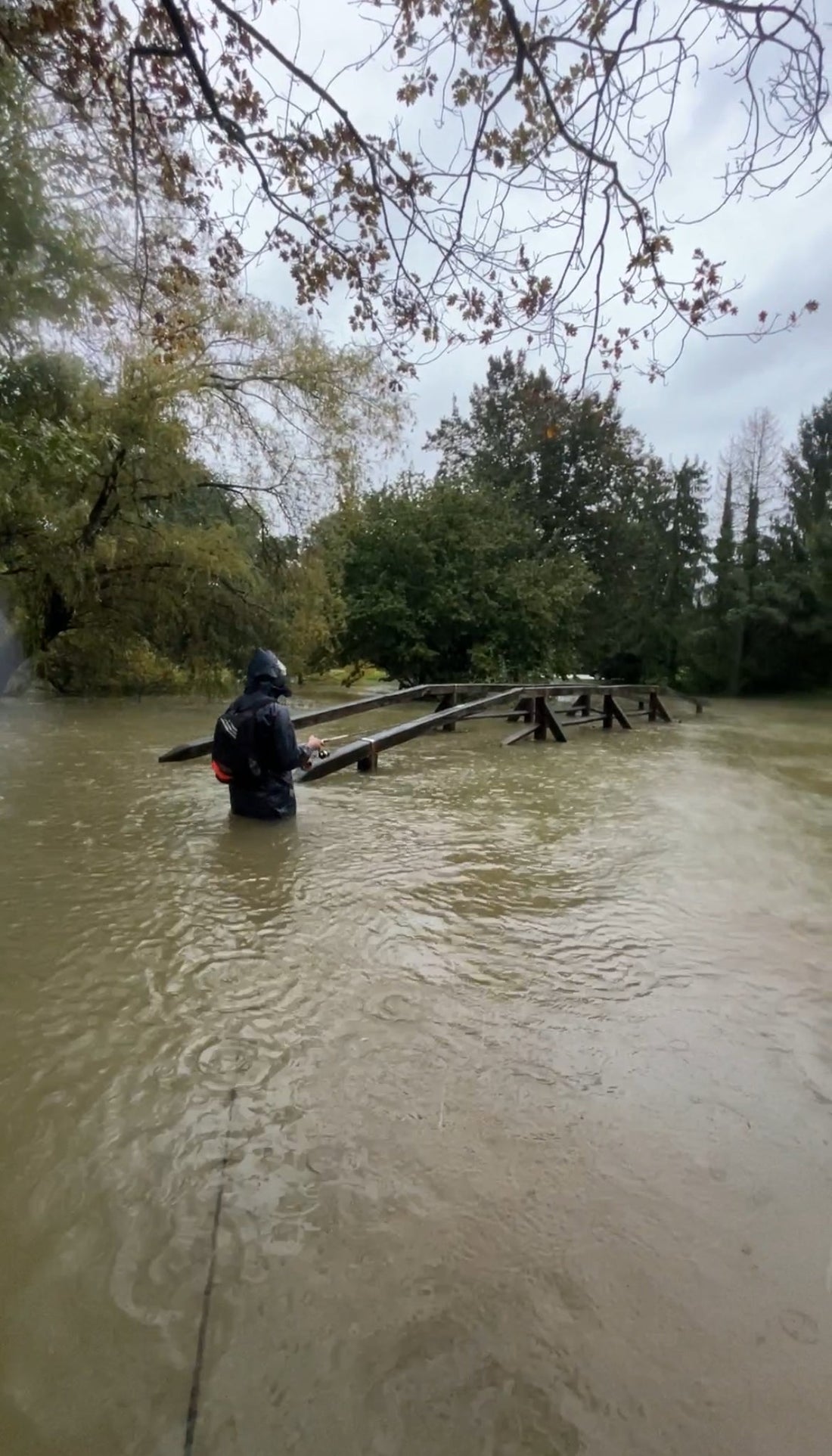
Flood Fishing: How to Catch Bigheads in the Upper Waters
Share
Summer is saying goodbye, and with it come cooler and rainier days. This year the weather is particularly unpredictable, with occasional floods that have a major impact on fishing. Many anglers retreat when the water levels are high, but flooding can offer tremendous opportunities to catch capital fish such as catfish.
In this blog I will give some tips on how to go about fishing during the flood season, what equipment and techniques to use and what types of fish are most active in these conditions.
Why are floods an opportunity for fishermen?
As the water rises, fish become more active and migrate to new areas. Flooding gives them access to previously inaccessible areas, which means that predators such as catfish are more likely to move in search of food. A higher water level can also cause movements of prey, which further encourages the fish to actively hunt.
Which predators are active during floods?
- Catfish - Catfishing offers the greatest opportunities during floods. Catfish often migrate to higher waters and take advantage of muddy edges where they catch smaller fish.
- Pike – Pike also move into the shallows looking for prey.
- Chub – Chubs are very adaptable and are not too bothered by flood conditions. They are active near shores where the water is calmer.
Fishing techniques in flooded waters
-
Choose the right location : During floods, fishing conditions can be very different from normal. Fish often seek calmer areas within high water levels, such as bays, river bends or flooded fields. Fish will move into shallow, flooded areas where they have access to an abundance of prey. There they are more receptive to your baits.
-
Use heavier baits and leads : High water levels and stronger currents mean you need to use slightly heavier baits and leads. This will allow the lure to reach the depth where the fish are and be more easily controlled in strong current.
- Catfish baits : During this period, it is recommended to use larger and more striking baits, such as large silicone baits, swimbaits or baits with a strong smell, which attract catfish even in muddy water.
- Lures for pike and chub : When fishing for pike and chub, try hard baits such as deep-sinking wobblers, or use surface lures that will be more visible in dirty water.
-
Muddy Water Fishing Technique : When fishing in murky and muddy water, the key is to use lures that generate a lot of vibration and noise. Wobblers with a strong "wobble" movement or lures with rattles are extremely effective. In these conditions, fish rely on senses such as vibration and smell.
-
Adjust the reel speed : In higher water level and strong current, you need to experiment with the reel speed. While a slower reel is more suitable for catfish, a faster presentation of the bait will be more attractive to pike or walleye, which are more active in turbulent water.
What equipment to use?
-
Rods and reels : It is recommended to use stronger rods and reels that can handle large fish such as catfish, especially in strong current. Choose a line that is strong enough, as fish can get stuck in areas with a lot of obstructions, such as downed trees or rocks.
-
Catfish bait and technique : Catfish can be fished in flooded waters with heavy baits such as larger silicone fish or live baits, if this is allowed in your area of course. In addition, it is very effective to use the "bottom fishing" technique, i.e. on the grunt, where you drop the bait to the bottom. Catfish are mainly attracted by noise and smell.
Additional flood fishing tips
-
Safety first : Fishing in floods requires extra caution. Strong currents and unpredictable conditions can be dangerous, so always fish in pairs and pay attention to the underwater terrain.
-
Weather : Check the weather forecast before you go fishing. Even when the water rises, conditions can change quickly, so be prepared.
Conclusion
Flooding is not an obstacle, but an opportunity for an experienced angler who knows how to take advantage of high water and the movement of fish. Fishing in these conditions requires adaptation of techniques and equipment, but offers exceptional opportunities for catching capital predators such as catfish, pike and walleye. With the right approach and gear, you'll be even more successful during the flood and possibly catch your biggest fish ever.
